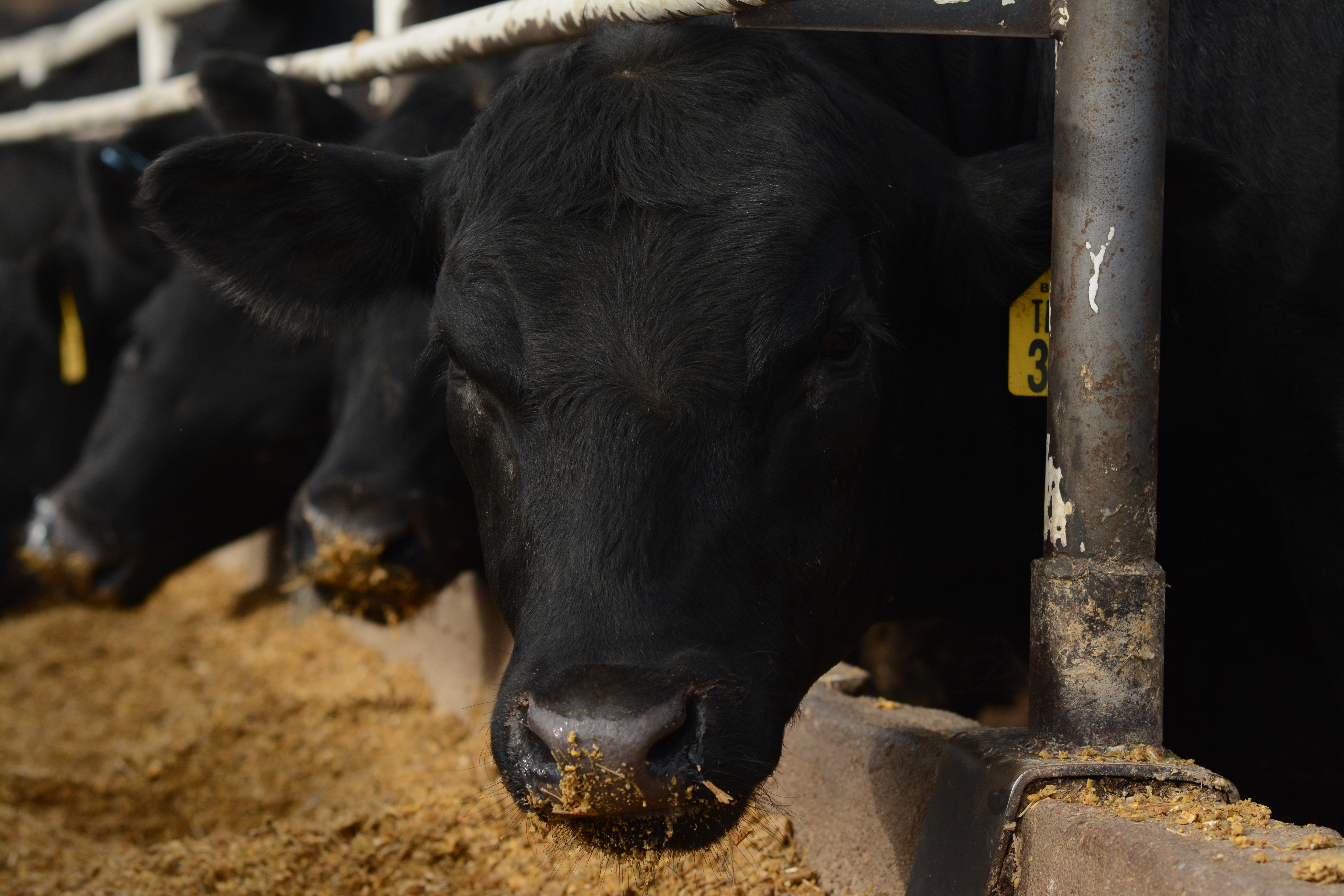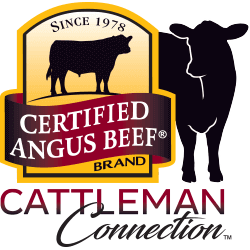
Best on a quest
Buffalo Feeders wins 2009 CAB Large Feedlot of the Year
by Laura Nelson
At Buffalo Feeders LLC, military precision brings in the feeding day, sure as reveille.
Trucks trundle out at 0600 hours, filled with ration that has been weighed and measured within a 1% accuracy margin. Every load of corn has been sampled, and the flake is tested every hour. Pen after pen of uniform, black cattle line the bunks, ready for chow.
The Certified Angus Beef ® (CAB®) brand’s 2009 Large Feedlot of the Year, located near Buffalo, Okla., marches to meticulous order. “It’s got to have something to do with my army background. I like things to be just so…” says manager Tom Fanning, who accepted the award at the brand’s Annual Conference this September in Scottsdale, Ariz.
Contrary to common military thinking, however, the 40-member crew at Buffalo is focused on individuality. Animal induction procedures rely heavily on technology and information from producers. There’s an electronic identification (EID) tag reader on each scale and a scale under each chute to enter each animal into Buffalo’s database. As often as possible, Fanning works with producers who retain ownership to track individual birth, weaning and yearling weights. The database links ranch tags to yard tags to help producers make herd decisions based on feeding and carcass results.
Cattle manager Caleb Nelson works to help customers understand the “intel” that comes back to them. “Whether they are using our information to buy bulls or sell their cows, we want to help them enhance their program back home,” he says. “We’re trying to help customers that are trying to put together something from their genetics to consumption, from pasture to plate.”
Sorting for uniformity is the key to capturing more value. “To me, sorting is the best thing we can do for a customer,” Fanning says. “The cattle that are uniform are easier to sell because they go through the packing plant easier.”

Cattle are frequently re-evaluated, re-sorted and grouped with others at the same target feed-intake levels. Intake goals are set for each pen based on a mathematical equation. “When we’re challenging those cattle to increase their intakes, we have to know where they’re at according to their goal,” Fanning says.
But crunching numbers in an equation is only part of the precision. Cattle are ultrasound scanned at re-implant to monitor progress, a kind of hard information that carries immediate orders. “We try to sort those cattle that day according to what the scan projection was,” Nelson says. Cattle expected to finish at the same quality level are grouped to optimize uniformity.
Fanning relies on his background as an agriculture economics major in college to optimize value in the balance between producing and marketing quality cattle. “It’s all about managing details, not only on your production, but on your marketing, too,” he says, “from risk management, to where you’re selling your cattle, or what programs they’re selling into.” With a calculator seemingly never out of reach, Fanning constantly puts dollars and cents to his feeding practices.
“The risk management side of the cattle business is so key,” Fanning says. “Our business has changed and the price volatility has increased. So what we try to offer are some risk management tools for our customers.
When a feedyard operates with the precision of a combat mission, it’s a lot easier to find time to focus on customers. “We want to manage the details every day – the small things, down to the individual animal, whether that’s through animal health or feed delivery or through visiting with customers. If you manage the pennies, the dollars take care of themselves.” That’s not just a battle plan; it’s a proven path to victory for Angus producers.
